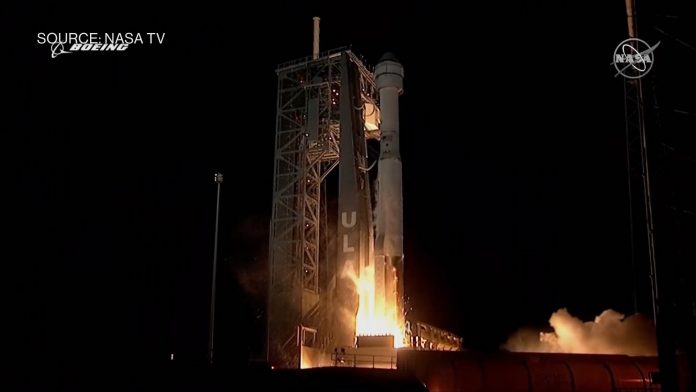The spacecraft Boeing built to fly astronauts to the International Space Station just failed its first mission.
The uncrewed Starliner’s launch Friday morning appeared to go flawlessly. But about 30 minutes after liftoff, Boeing and NASA reported that the craft had missed its intended orbit — and they’re now saying automation is to blame.
According to Jim Bridenstine, the NASA Administrator, the spacecraft burned more fuel than planned for maintaining precise control before it could dock at the space station.
Update: #Starliner had a Mission Elapsed Time (MET) anomaly causing the spacecraft to believe that it was in an orbital insertion burn, when it was not. More information at 9am ET: https://t.co/wwsfqqvLN7
— Jim Bridenstine (@JimBridenstine) December 20, 2019
According to Boeing, the spacecraft is safe and the firm and NASA “are working together to review options for the test and mission opportunities available while the Starliner remains in orbit.” Currently, NASA and Boeing have also held a joint press conference on YouTube:
This might have sizable repercussions for Boeing’s candidacy for NASA’s Commercial Crew Program. The other candidate is SpaceX, which successfully completed its similar, unmanned flight test for its Crew Dragon space pod to the ISS back in March. Though SpaceX’s run hasn’t been perfect either, with the Crew Dragon seeing an explosion with its static fire tests in April. However, the test was finally completed successfully in a re-run last month.















